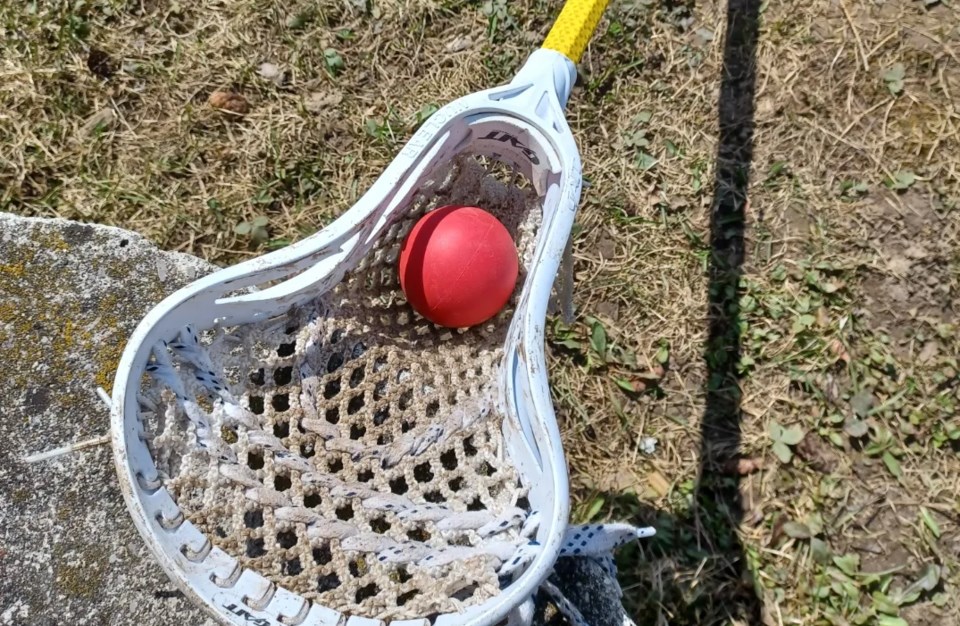We have finally seen sunny, warm days. I feel more energized and motivated. I also get a boost to my creativity because inspiration is everywhere in this time of emergence and reawakening. I want to get out and engage with family, friends, and community.
It is spring and spring also welcomes the lacrosse season, which is a great way to connect with community.
From as far back as my memory will take me, lacrosse has been a staple of spring and early summer. Travelling from community to community, arena to arena, to staying in hotels and moving about the host town in flocks, landing at the tables of unprepared restaurants. I give mad props to the wait staff who serve teams of excitable, rambunctious, and hungry teenage boys.
My brother was a well-rounded player, always ranking at the top of his team. I played a couple of years early on, but my small, lightweight frame quickly became a concern. I was happy to be my brother’s off-time practice partner, his assist in goal setup.
I loved the sport but mostly I loved watching my brother play. I was proud of him. I didn’t miss many games or even practices.
I got older and began to understand the origins of the game. Hearing it referred to as the Creator’s Game or the Medicine Game brought another level of meaning. Its roots are fully grounded in the Haudenosaunee culture.
A traditional form of the game was played by our ancestors over a thousand years ago. It’s sustained through to present day.
A gift from Creator for the wellness and entertainment of our people. It was used as preparation for hunting and for battle. The game brought an end to disagreements. It was played for unwell family and tribal members. It united the people.
Historically the game was commonly referred to as stick ball in Indigenous languages. The modern name came during the 1630s when French Jesuit missionaries witnessed the game being played. The stick reminded them of the crozier or cross carried by bishops.
As time moved on, like many pre-contact inventions and practices, the game was being co-opted by colonial systems. Disconnection to the historical and spiritual nature of the game was being fostered.
It is another element of the culture we are reclaiming. Restoring its connection to the Haudenosaunee. Sharing its origins and history widely to redress mistruths and misunderstandings.
In my teachings, I understand that the Medicine Game was played first in the spirit world. Played among the four-legged and the flyers. Each one contributing different skills and capabilities. I’ve heard several versions of this traditional story. What remains the same is its teachings; differences can be complimentary, size or mass doesn’t always matter, speed comes in all sizes, a change in perspective can alter performance.
In general, it can bring connection, joy, and entertainment to both players and spectators. For those related to it culturally it embodies a deeper significance. It is in the blood. It links past, present, and future. It is played for the ancestors, for those here now, and for the generations coming.
I lost my brother over a decade ago. I still have such gratitude for the medicine that lacrosse brought to his life while he was here. I can’t separate his memory from the game. The game gave him the opportunity to be a leader, a teacher, and a warrior. The game promoted his life, and he promoted the game.
The game can and does heal.
Skén:nen, peace.
Jillian Morris is Kanien’kehá:ka, Turtle Clan and band member of Six Nations of the Grand River Territory now living in Collingwood, where she serves as the town's poet laureate.



